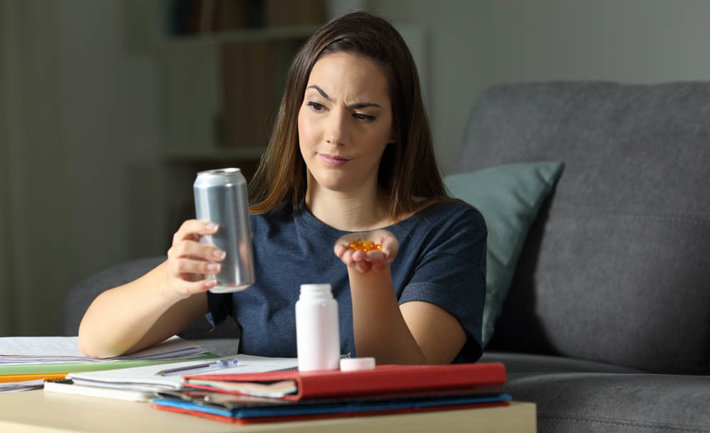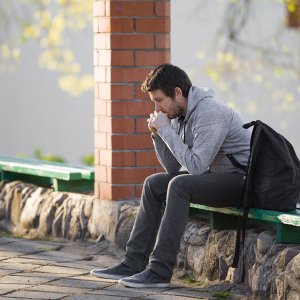Media Catching Up to the Risky Rise of the Good Grade Pill

After years of growth in the use and abuse of prescription stimulants by America’s students, major media outlets are finally spreading the word. A thorough article in the New York Times exposed the extent to which America’s youth are relying on prescription stimulants like Ritalin, Adderall, Concerta, and Vyvanse to boost their ability to ace tests, finals and placement exams.
At highly competitive high schools like those where the students are expected to progress on to Ivy League schools, the use of these drugs has gotten even more prevalent. While surveys like the annual Monitoring the Future survey of 8th, 10th and 12th graders states that use of stimulants has declined and is holding steady at that lower level, anecdotal information and interviews with the students in these environments tell different tales. In some high schools and colleges, students, faculty or medical staff estimate use at 25%, 33% or even 40% of the student body.
The culture of American schools seems to have accepted this risky rise of the good grade pill, despite the dangers that accompany it. While little news coverage attests to the addictiveness of this pill and the fact that some students progress on to abuse of other drugs, the New York Times article pulls no such punches. This article comments on some students winding up in rehab and others progressing on to use of stimulants like cocaine or opiates like Percocet. In fact, the risky rise of the good-grade pill is endangering our young people, either by the toxic effects of the drugs themselves, by the possibility of addiction or by the tendency of some of these students to move on to the use of other drugs.
Creating A Drug-Free Culture For Youth
Teaching children that it’s wrong to rely on drugs for achievement or mood modification is going to involve getting all the young people currently using drugs off them totally. Some of these people will need rehabilitation in order to stop. Many others will need education that teaches them clearly why drug use is damaging. If they feel compelled to illicitly acquire these drugs or to lie to medical personnel about their reasons for needing them, they will need to get a firm grasp on the rationale behind staying sober. It is likely to take a clear understanding of the value of a drug-free life to shift a student’s viewpoint over to a desire to live life sober.
Meetings May Help Some But Others Will Need More
Around the world, there are tens of thousands of 12 step meetings. It’s possible to find 12 step meetings in almost any small town, at almost any time of the day or night. Some people find that these meetings bring them success, but other people need much more intensive help.
When a person starts being addicted very early or when they spend many years being addicted, they can lose the social skills required to interact with others. They could attend meetings for years without fully addressing both the physical and mental aspects of their addiction. That’s why the Narconon drug and alcohol rehabilitation program does not use such meetings. Every step of the Narconon program is designed to address each aspect of addiction.
Over fifty years, the Narconon program has built up an impressive history of helping the addicted leave the habit and the damage behind. Find out more about this unique program by contacting us today.
Sources:


 ®
®